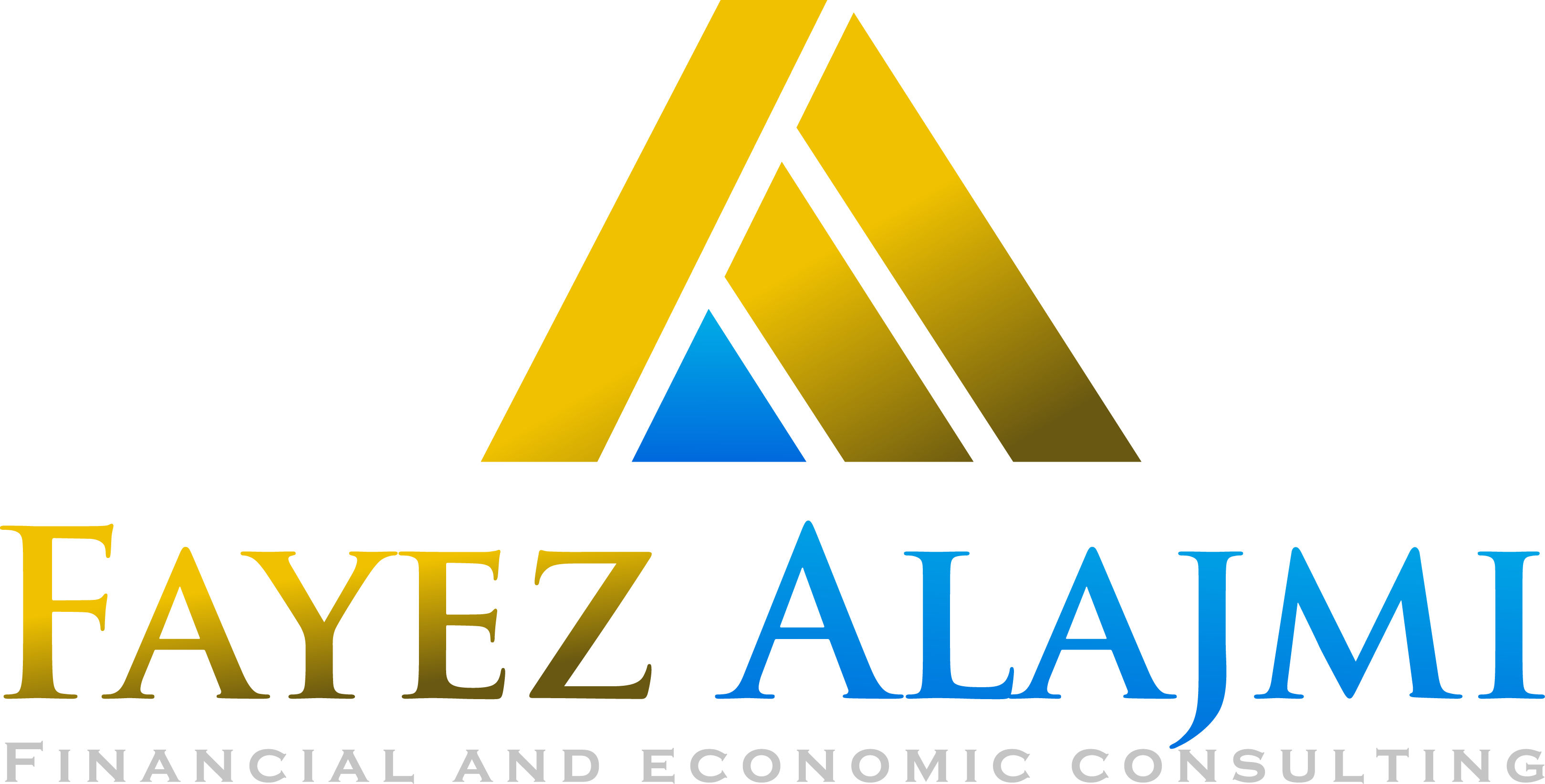
 13 December، 2021
13 December، 2021
 ابحاث السوق
ابحاث السوق
 Views
: 803
Views
: 803

A quick look at the most important events of the past week
Five central banks dominate the events
The most important Federal Reserve Bank
Miscellaneous data we will follow up
After a week of little movement and economic data that the markets witnessed last week, and less than three weeks ago that separates us from the year 2022, the markets are awaiting one of the most important weeks in the last quarter of this year, as about five major banks will announce their monetary policies and nine emerging markets, and therefore we are expected to witness strong movements During this week’s sessions.
A quick look at the most important events of the past week In the Asian session Tuesday, the Reserve Bank of Australia decided to keep its monetary policy unchanged, as expectations the Reserve Bank of Australia keeps its monetary policy unchanged (fayezalajmi-4x.com)
Wednesday in the American session, the Bank of Canada also kept its monetary policy unchanged, as expected. The Central Bank of Canada keeps its monetary policy unchanged at its meeting, as expected (fayezalajmi-4x.com)
One of the most important data last week, which is the consumer price index, which is concerned with measuring inflation in the United States of America, was announced at the end of the week on Friday, bringing it to its highest level in 40 years.
Annual inflation in the United States of America is at its highest level since 1982 (fayezalajmi-4x.com) With inflation data, the markets ended the week as the general index of the US dollar closed with a loss of about 0.10% at 96.03 levels.
Five central banks dominate the events
There is no talk in the markets without a meeting of five major central banks this week, led by the US Federal Reserve, and about nine banks of emerging economies at their last meetings for the current year, in addition to many separate statements.
The most important Federal Reserve bank
Wednesday, December 15th, in the American session, the Federal Reserve will announce its monetary policy represented in the interest rate, which is expected to remain unchanged, in addition to the committee’s statement, the press conference of US Federal Reserve Chairman Jerome Powell, and the Fed’s economic outlook report, which is issued every three months.
The US Federal Reserve announced at its meeting on November 3 that it will start reducing its program of quantitative easing to buy bonds, amounting to 120 billion dollars per month, by 15 billion dollars per month until it ends in the middle of next year, which means that the bank is supposed to reduce an additional 15 billion dollars at next Wednesday’s meeting.
. The latest development from the US Federal Reserve is to change the vision of Jerome Powell and members of the committee in the last two weeks with the acceleration of inflation rates, as the latest figures issued on Friday showed an increase in annual inflation to 6.8% from 6.2%, at the highest pace since 1982.
Intervening and considering accelerating the process of reducing purchases. Some expectations indicate that the Fed will double the pace of reduction, i.e. $30 billion per month, to end by the end of March of next year, in addition to expectations that members will review their expectations for growth and inflation in the first quarter in their economic expectations in light of accelerating inflation and Omicron’s concerns.
Markets are pricing an opportunity of more than 80%, according to FedWatch’s CME Group tool, after Friday’s data to raise interest rates in June and more than 86% in July. Big Thursday Thursday the 16th of December is fitting for it to be called the Good Thursday, as it meets three customs banks on the same day, starting with the Swiss National Coffee in the European session.
Bank of England
In the European session Thursday, the Bank of England will announce its monetary policy, which is expected to keep it unchanged and keep interest rates at 0.10% with a majority of 7 members. Inflation data from the UK will be released two days before the Bank’s meeting tomorrow, Tuesday, when inflation is expected to rise to 4.8% in November from 4.2%.
Despite the pressures that the bank is exposed to in light of the continuous rise in interest rates, it is expected that the bank prefers to wait until it sees the impact of the variable Omicron on the economy, especially after the restrictions imposed by the government last week.
Inflation data issued tomorrow, Tuesday, in the event that it came much higher than expectations and exceeded 5%, for example, it is not excluded that the bank will be forced to intervene on Thursday, especially since the next meeting of the bank will be in February of next year, which is a long period in light of the anxiety caused by accelerating inflation. European Central Bank The European Central Bank, in turn, will also meet Thursday in the European session to announce its monetary policy, as it is expected that Christine Lagarde, President of the European Central Bank, will keep monetary policy unchanged and maintain zero interest rates this week.
The European Central Bank is so far less concerned about inflation than the rest of the other banks, despite the rise in annual inflation in the euro area to 4.9% in November in the preliminary reading compared to 4.1% in the October reading, where Lagarde still sees that the rise is temporary.
The current program of the European Central Bank is to purchase 80 billion euros of bonds per month, of which 60 billion are under the PEPP emergency purchase program, which is scheduled to end next March, in addition to purchasing $ 20 billion within the framework of the APP. The APP after March.